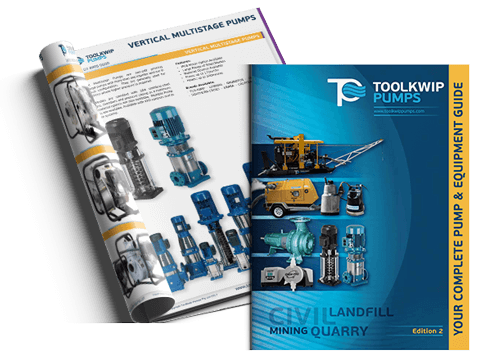At construction sites, using a dewatering pump is necessary to begin excavation, ensure unhindered operations and provide worker safety. This is especially true for sites that have a high water table or do not have a sufficient slope. However, dewatering is not as simple as pumping liquid from point A and discharging it at point B. There are some industry best practices that should and some that must be followed.
Follow Government Guidelines
Before even positioning the dewatering pump, be sure to check with applicable state, federal and environmental laws. Agencies like the Department of Water sets guidelines for dewatering soils at construction sites and you must ensure that your engineers adhere to them to avoid heavy fines or penalties. You must also secure the necessary permits before you begin dewatering the site.
Inspect and Treat the Water
Prior to relocating the groundwater, it should first be tested for its quality and presence of any contaminants or solids. Large volumes of standing water in open pits, especially low-lying ones, must be tested for any oil, chemicals or other substances that can harm the environment. If found to be contaminated with any harmful substances or too high turbidity, you must treat the water before discharging it. Note that discharging untreated water is punishable by law. The most common practice is to use a clarifier and to dose the water with flocculant/coagulant as required.
Choose the Right Discharge Site
When you’re preparing for dewatering, survey your surroundings. You may be able to find an appropriate discharge site or drain/sewer nearby. Be sure to obtain necessary permits prior to beginning discharge.
Important Notes on Dewatering
Once your team is ready to dewater, take note of these precautions:
- Do not pump water directly onto slopes without adequate protection on the ground, such as grass or geofabric. This can cause serious soil erosion.
- If you’re discharging the water along a dewatering channel, stabilise the channel by placing additional reinforcement, by means of geofabric or cement impregnated blankets.
- During the dewatering process, monitor the site you are discharging to so you can stop the process if you detect signs of erosion.
Dewatering and choosing a safe area to discharge the water is more than just turning on the dewatering pump. These best practices go some way to ensuring a trouble free construction project. If you fail to choose the right discharge site or point, you can erode the soil in and around your construction site and be held liable by affected property owners, water authorities and environmental protection agencies.
Toolkwip Pumps have been providing products, service and advice to the construction and mining industries since 1993. The reason we’re still in business is we’re continually evaluating new products and practices in the world of pumping large volumes of liquid. This means you’ll always get the right solution to your pumping needs.
Contact us on +61 3 8805 0500 for any enquiries.
